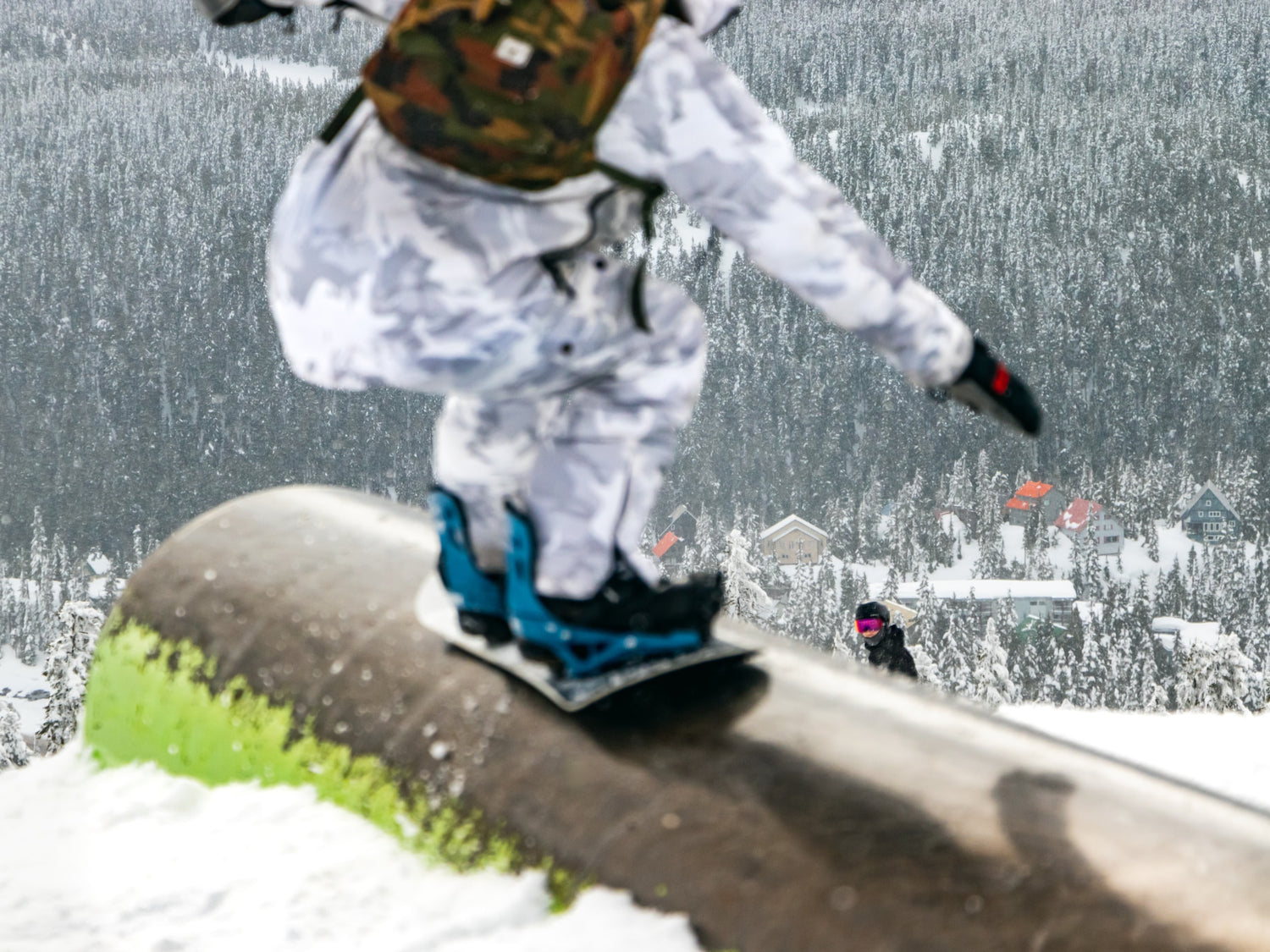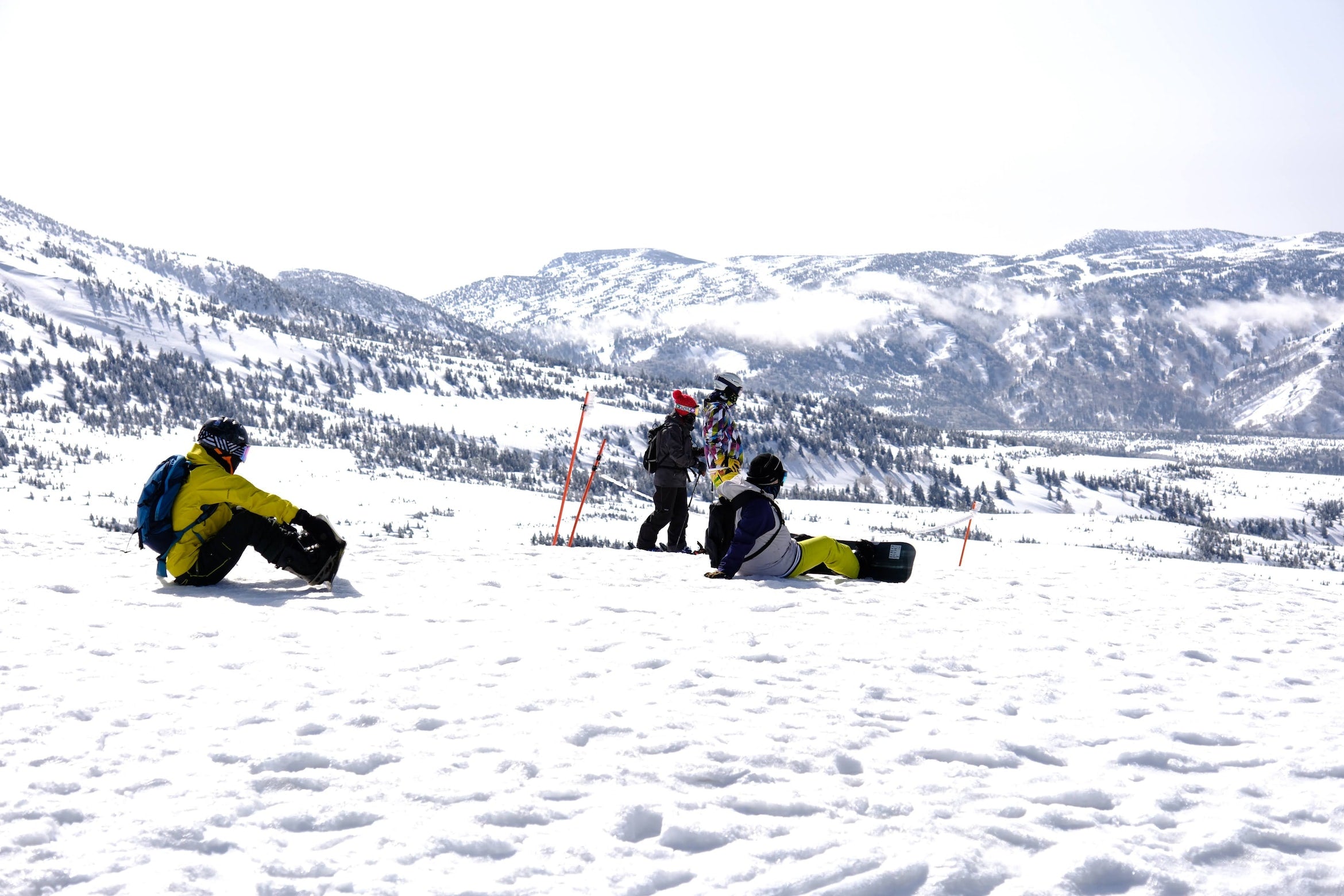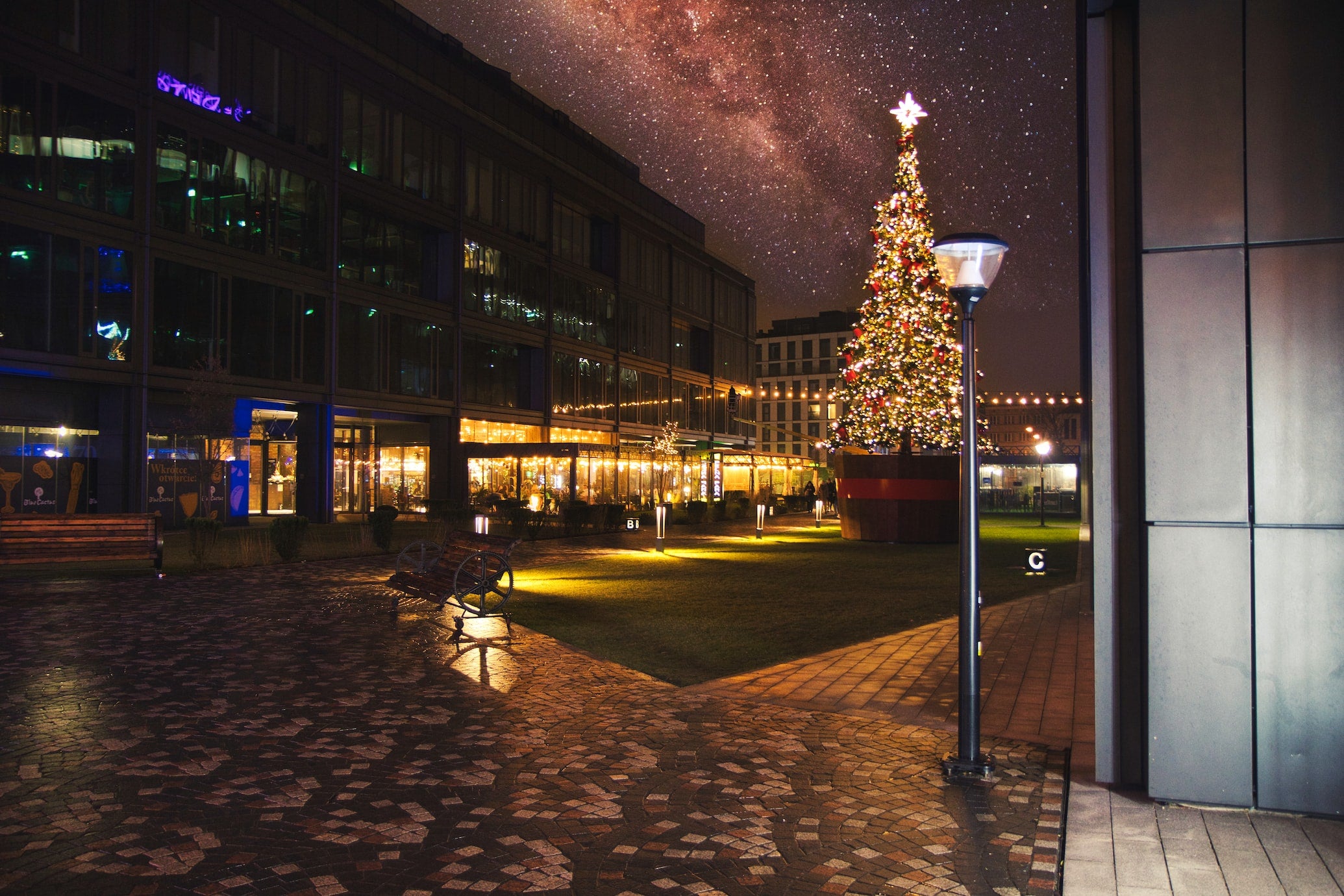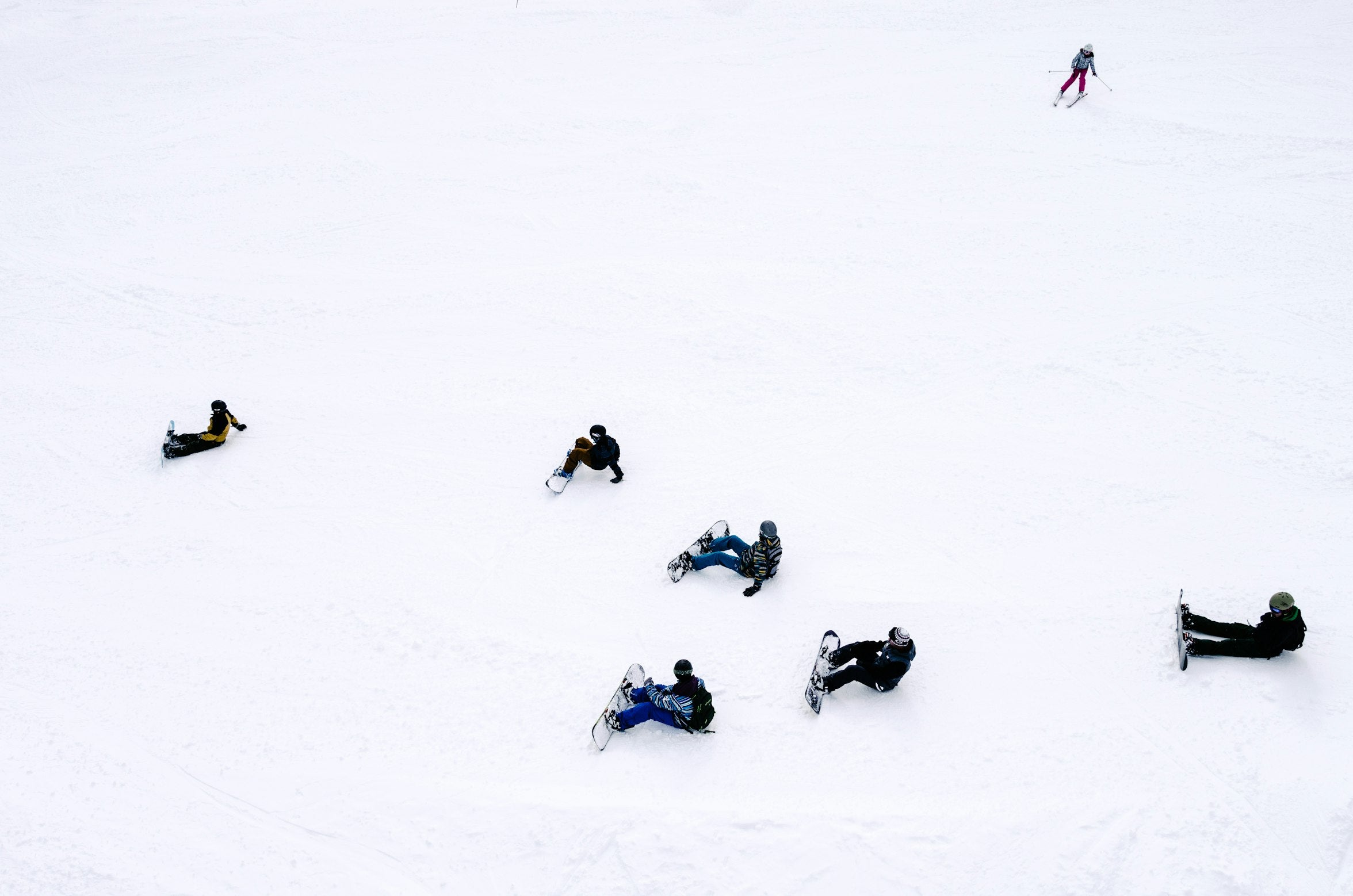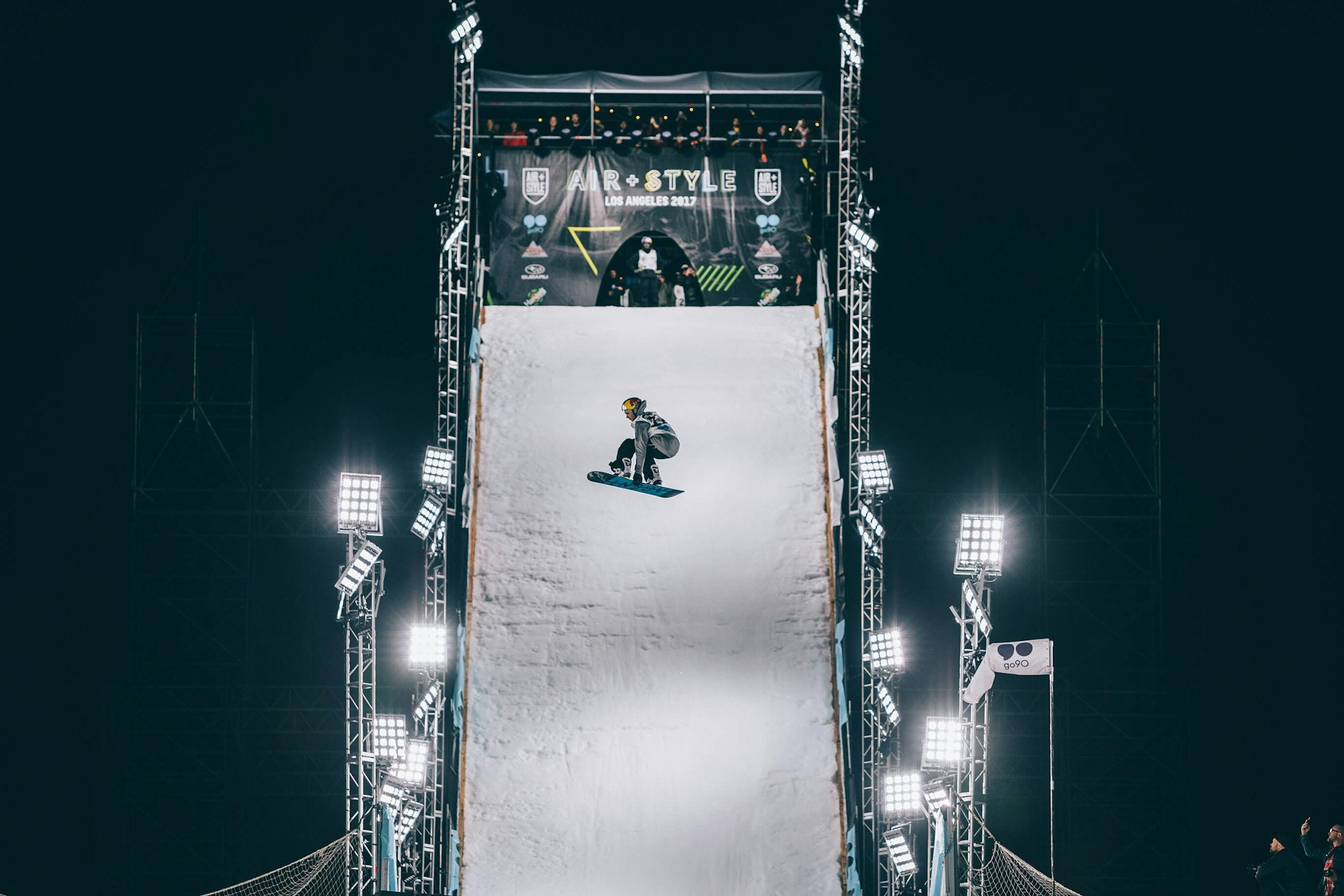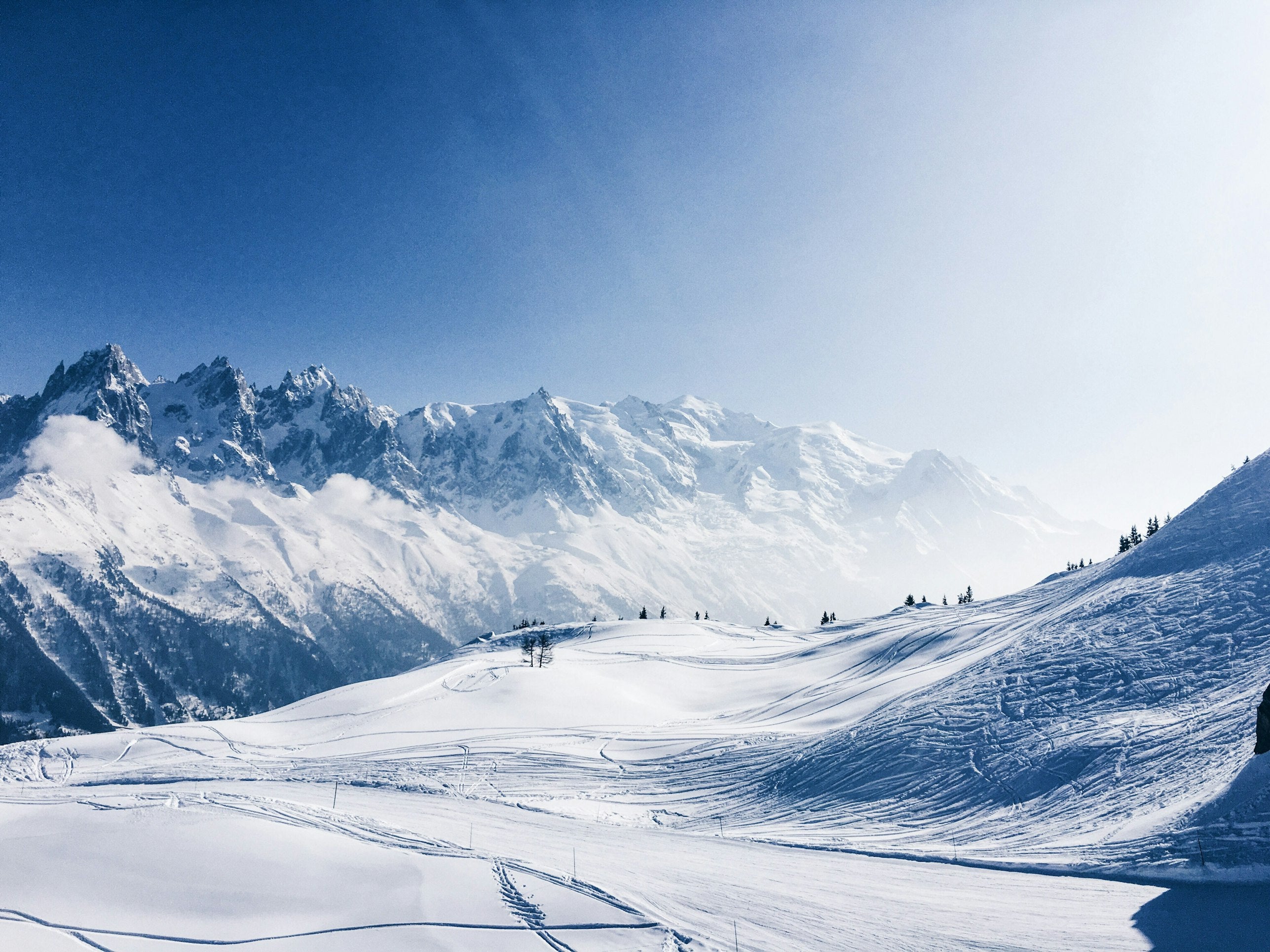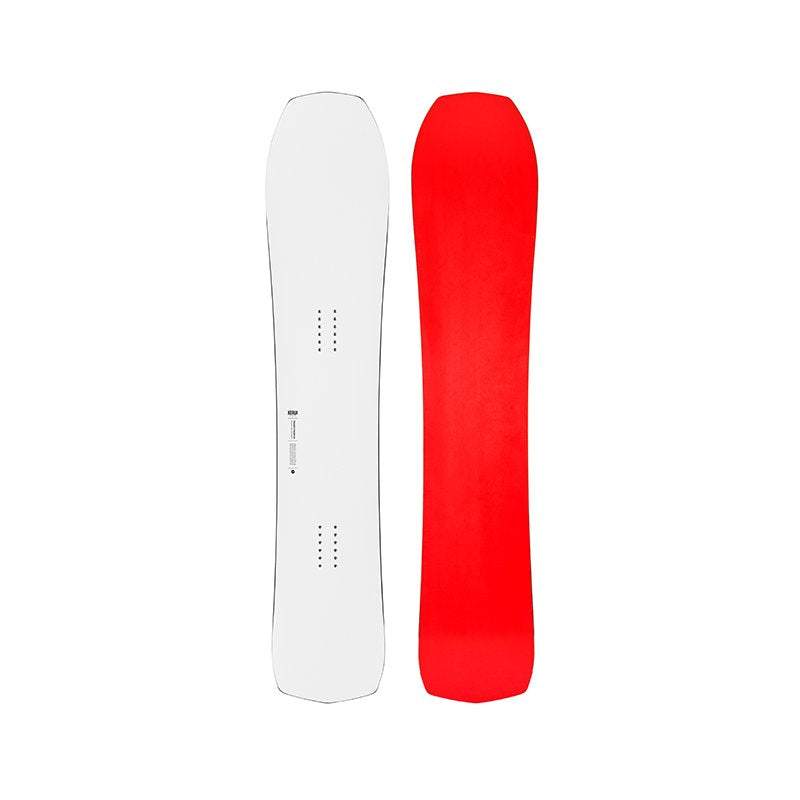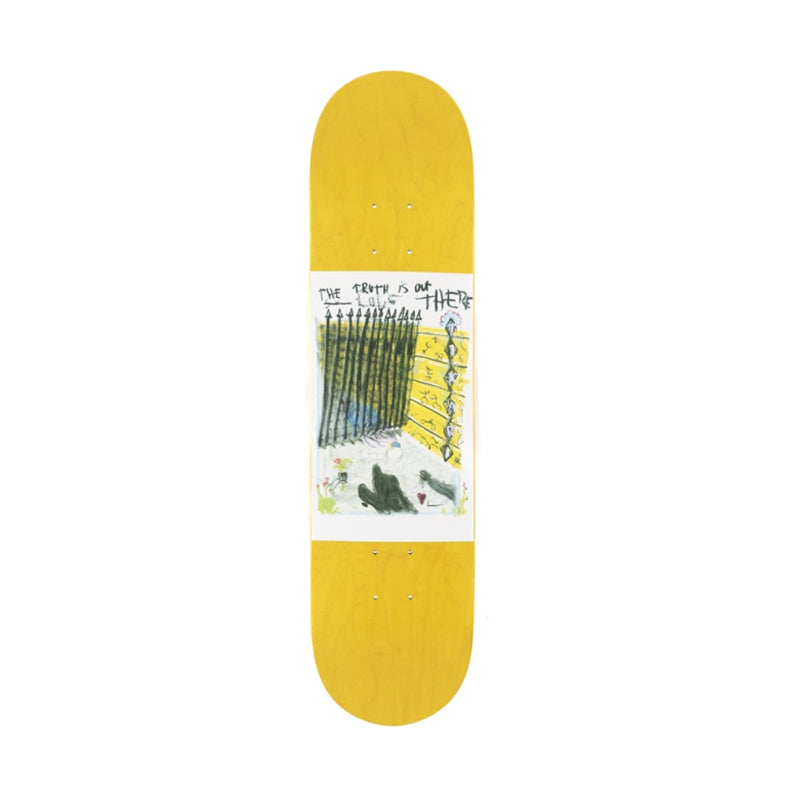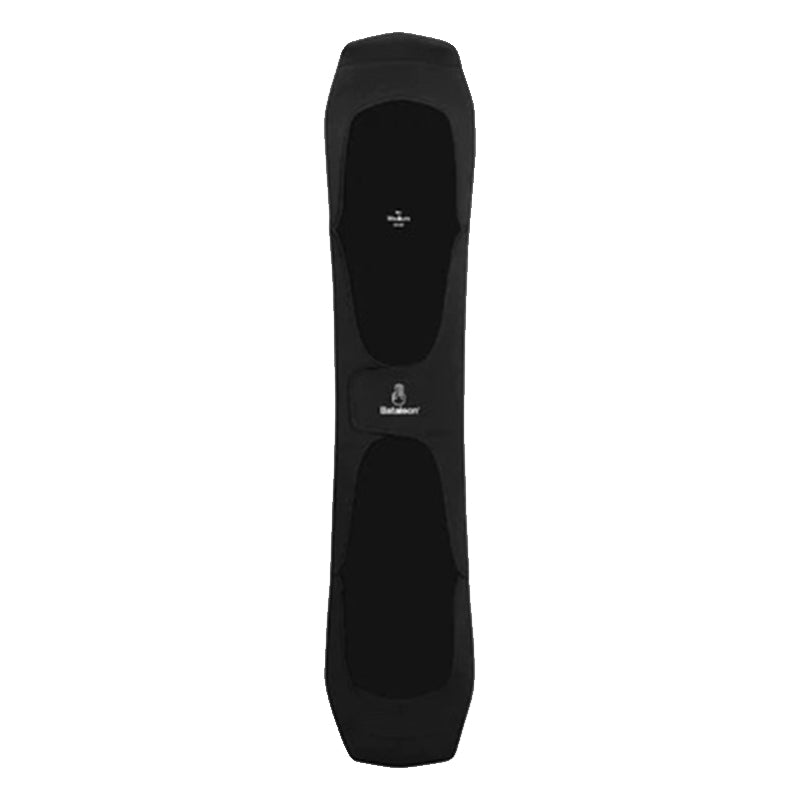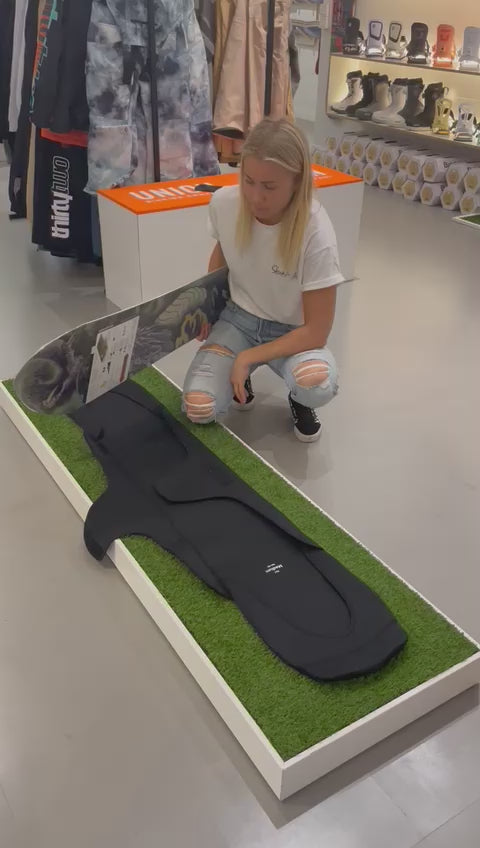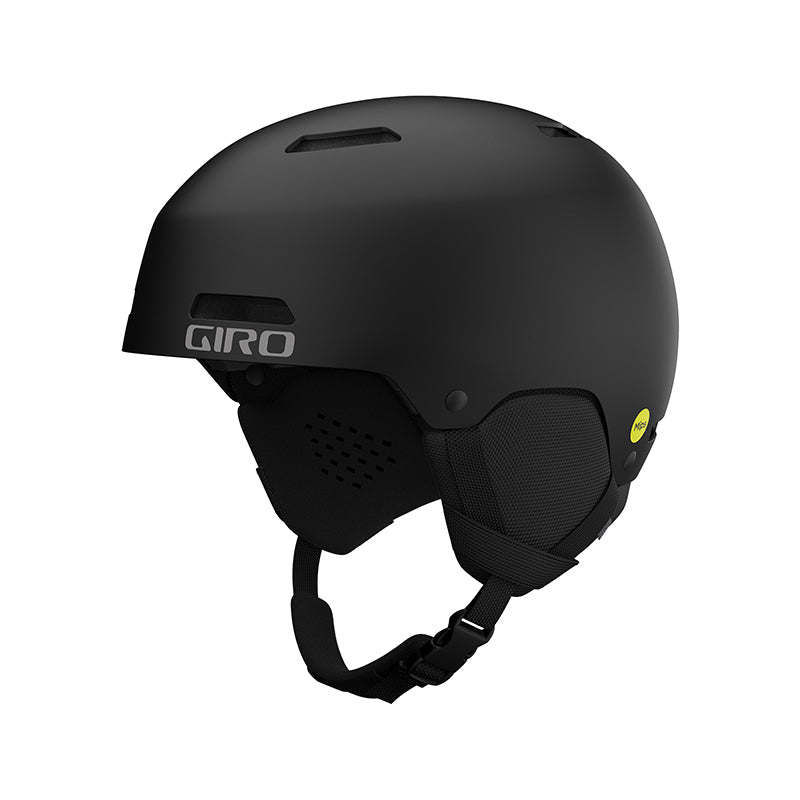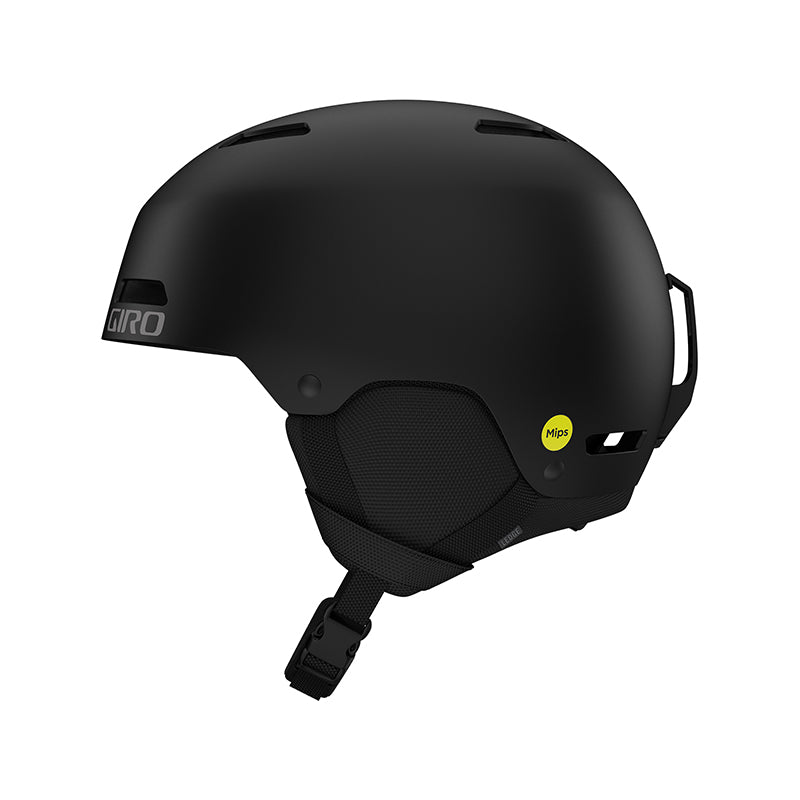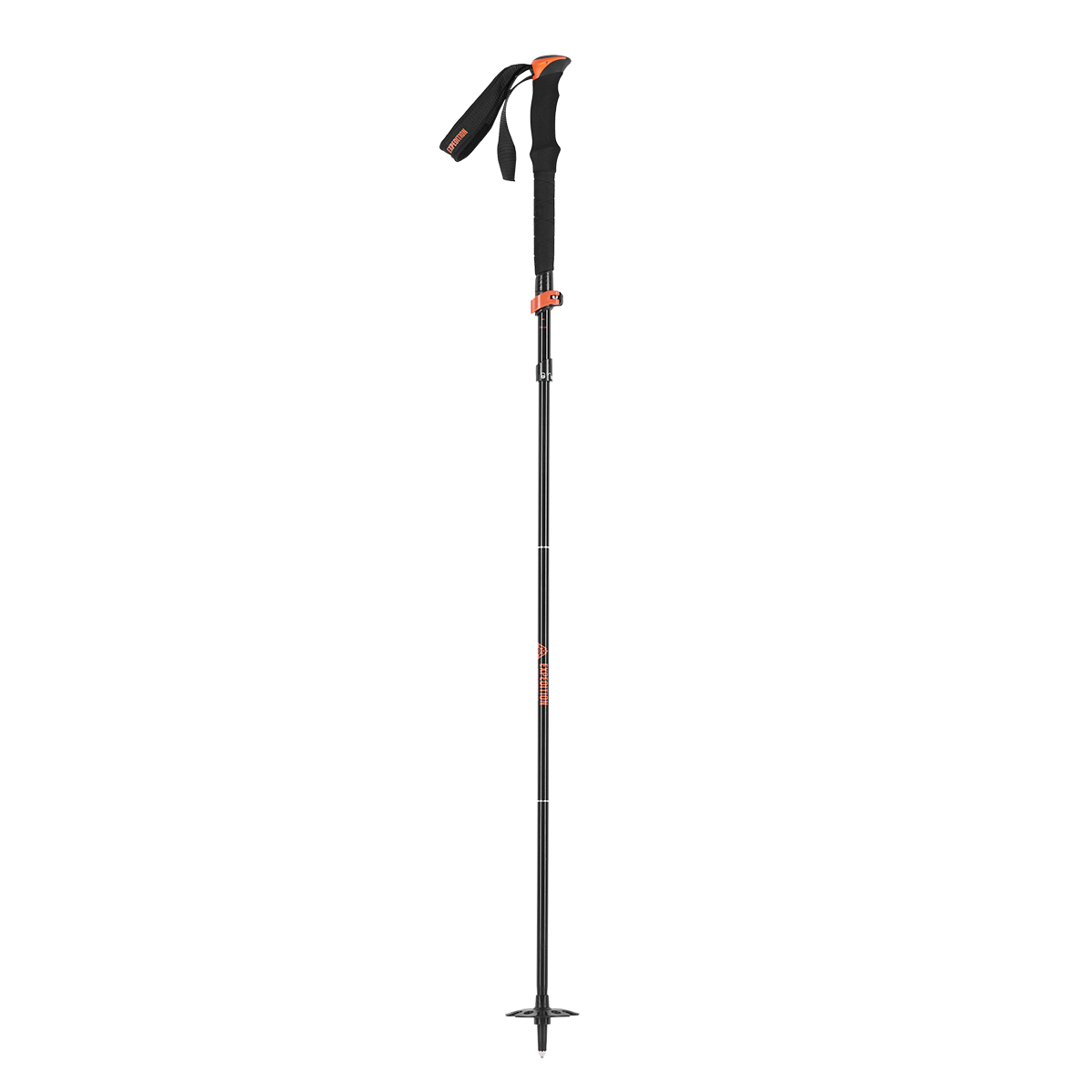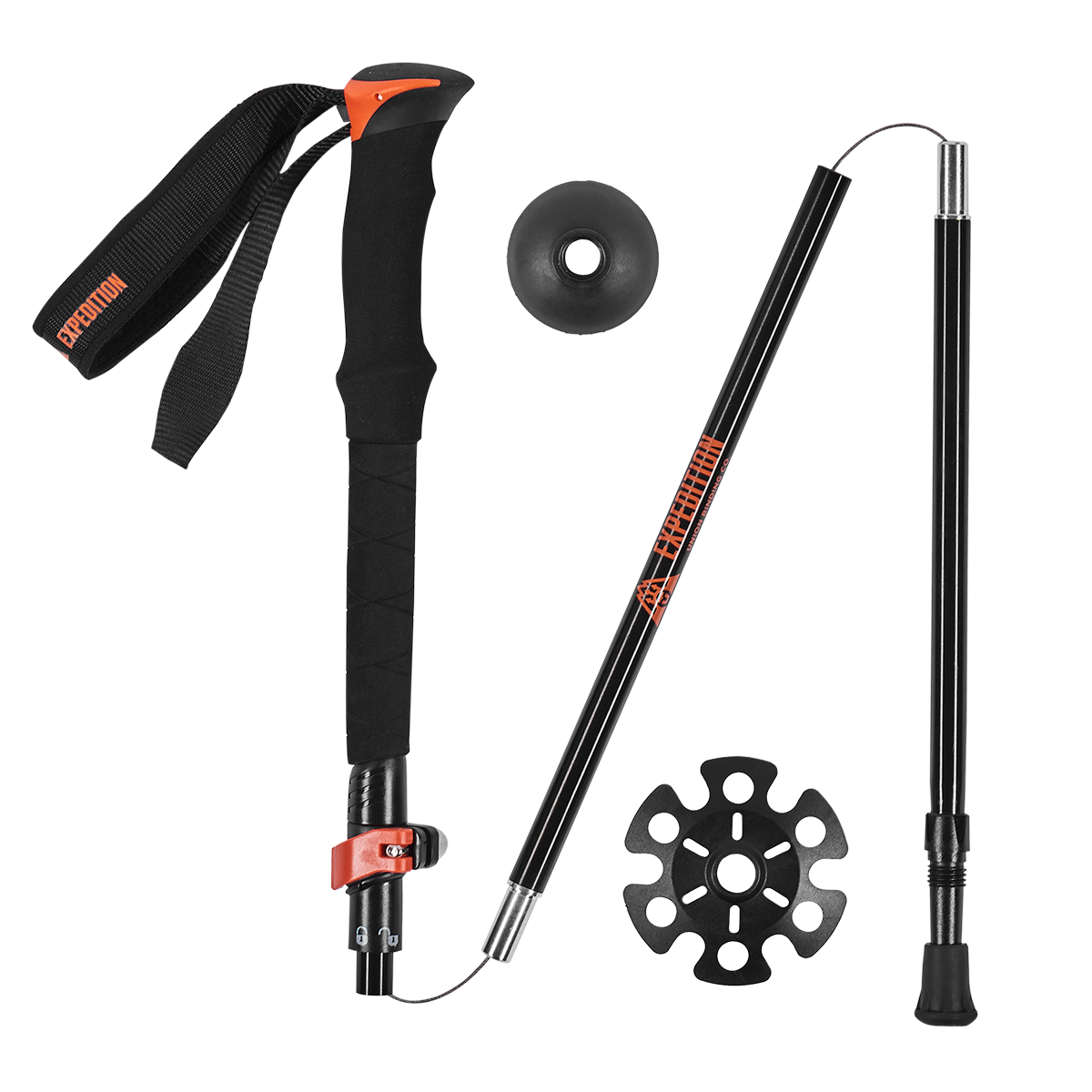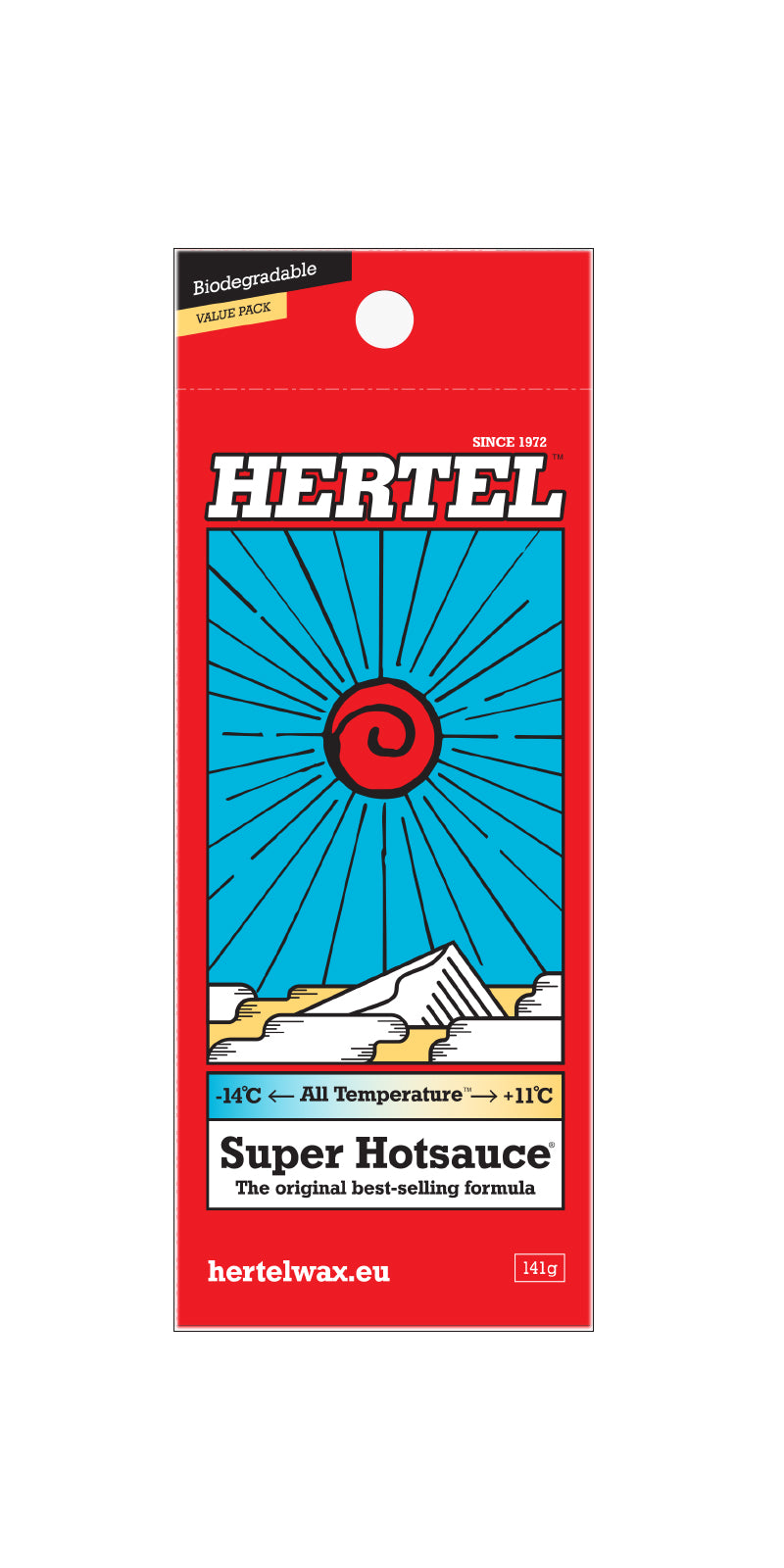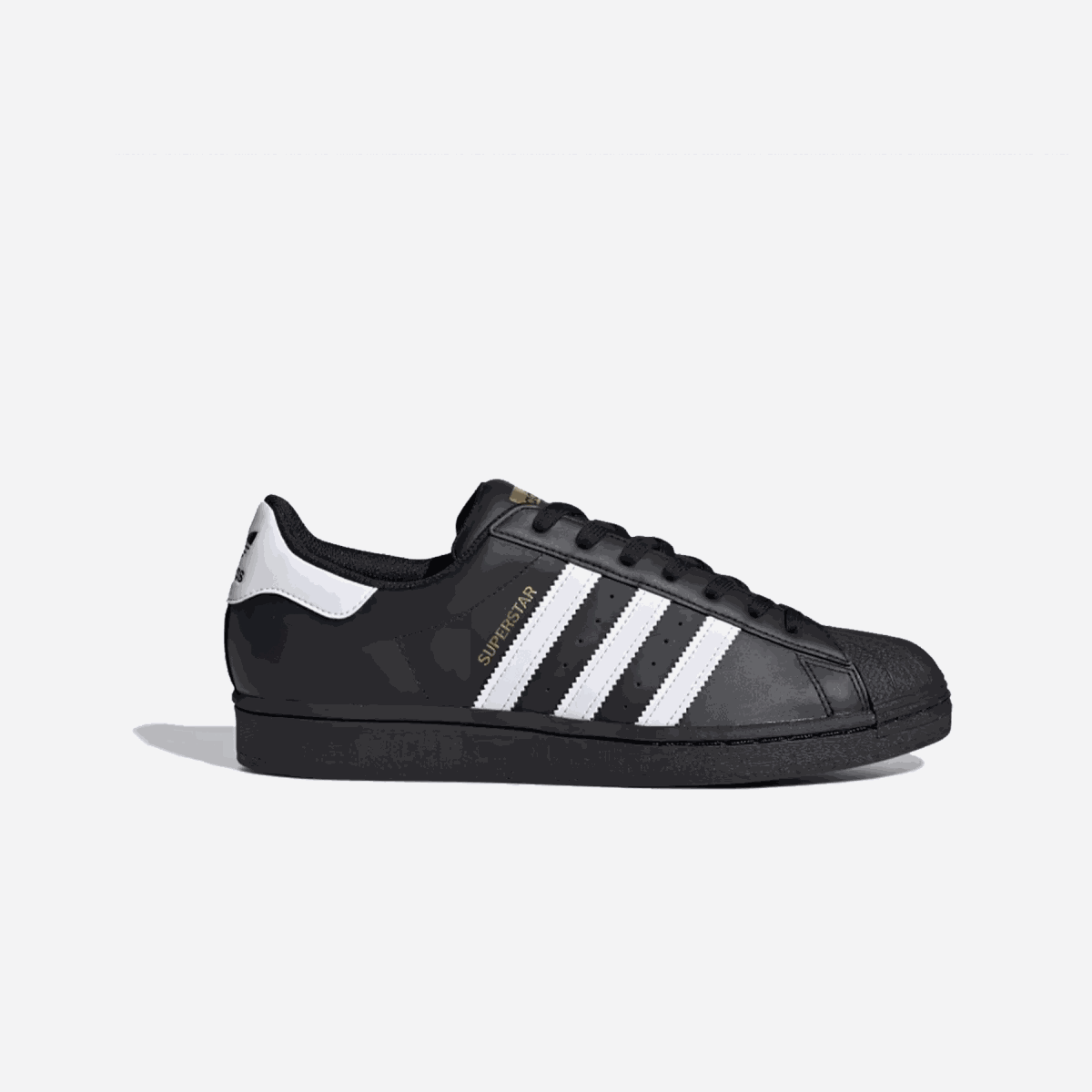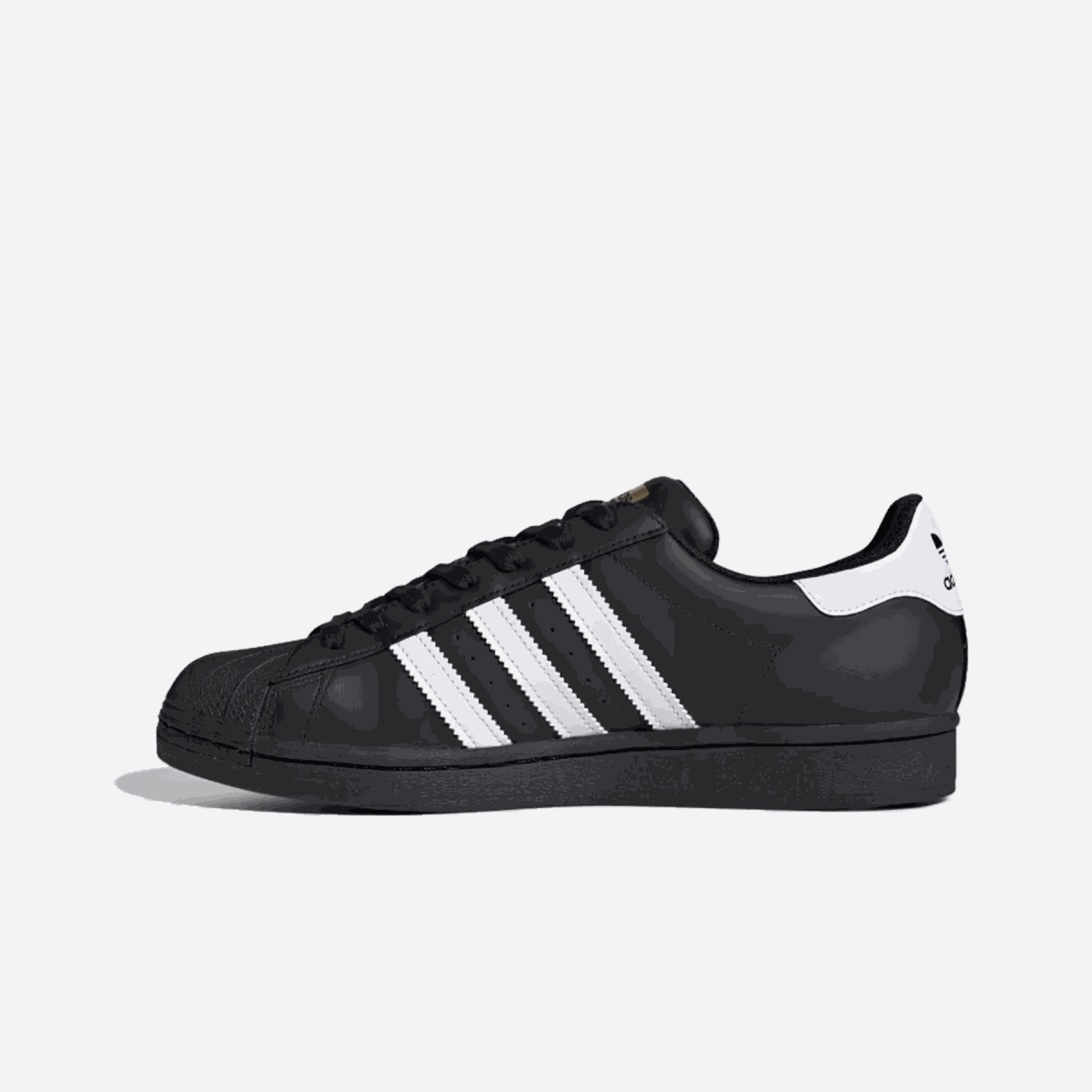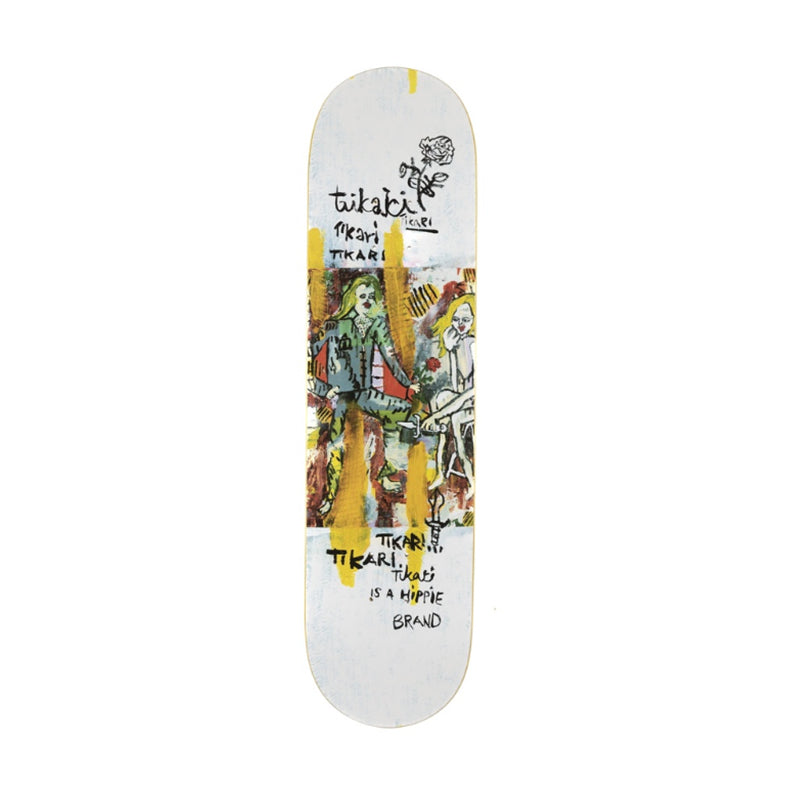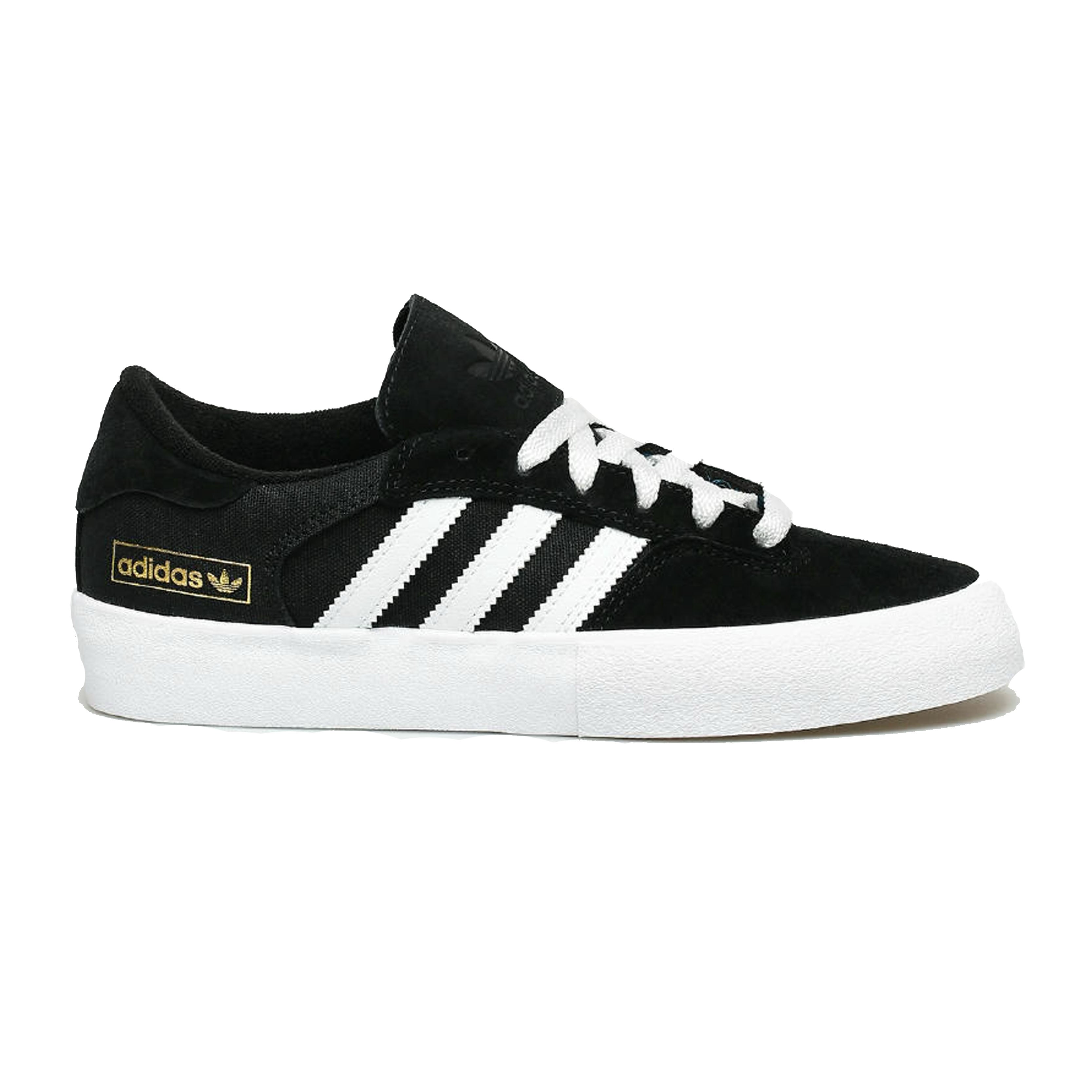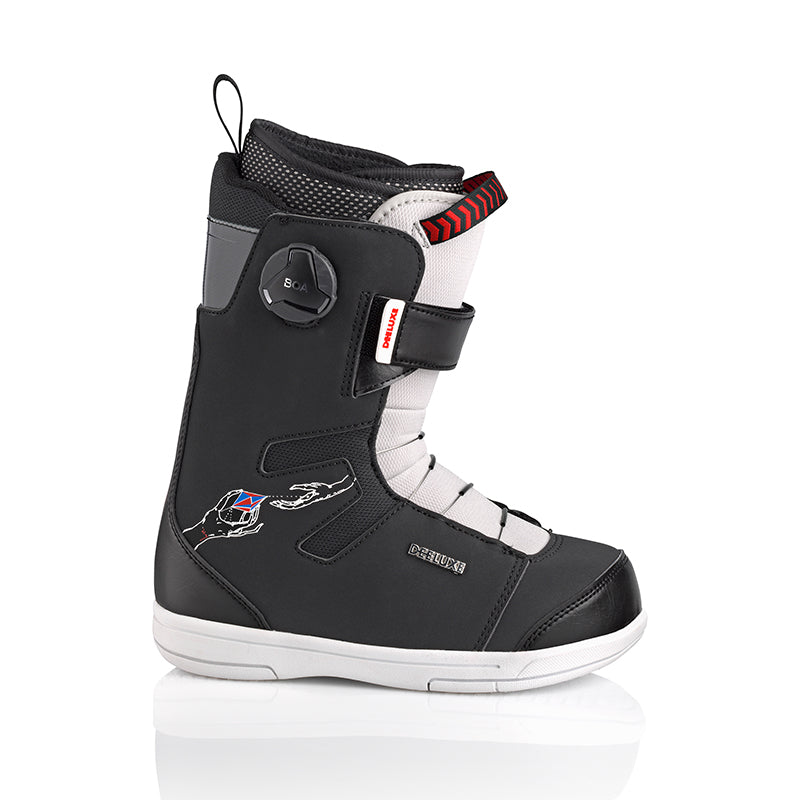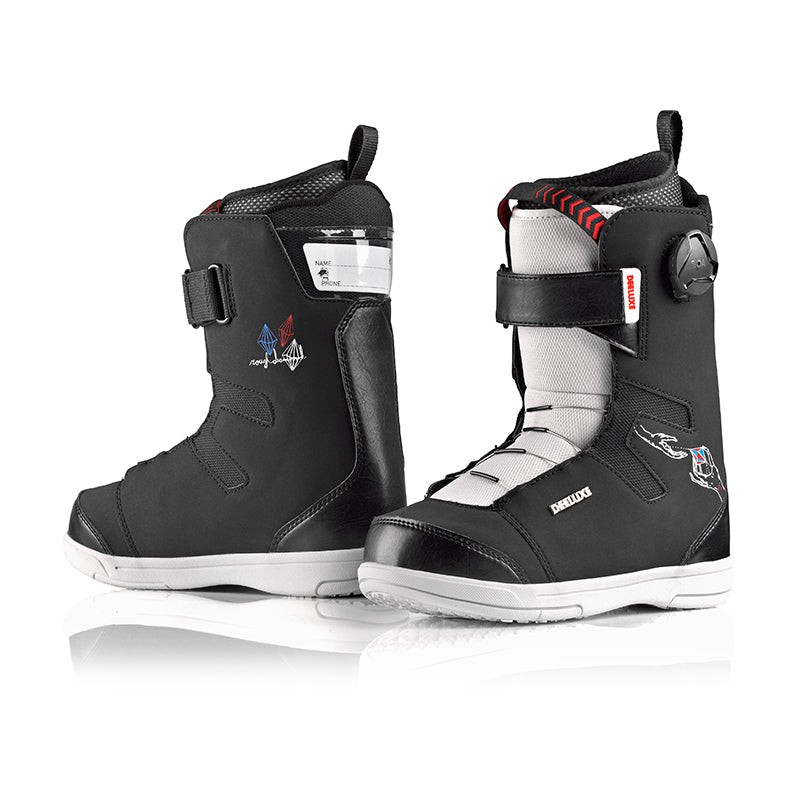Snowboarding is a sport that has seen significant technological and design advances in recent decades. In the last five years, the changes have been particularly significant, and understanding them will help you choose the right board.
1. Lightness: New materials and manufacturing techniques have made snowboards even lighter. This lightness not only makes it easier to handle the board on the slope, but also reduces the strain on the skier. Used boards, especially those over five years old, may not have taken advantage of these latest innovations, which can make them a bit heavier.
2. Flexibility: The flexibility of the board affects its handling and suitability for different conditions. New snowboards utilize more complex profiles, such as hybrid bends that combine different flex properties. This enables better control both on soft snow and hard frozen snow. Older boards may have simpler profiles.
3. Expanding Uses: In the past, snowboarding was simply classified as either freeride or freestyle. Today, boards are available for a wide variety of special needs: powder, park, big mountains and even split boards for touring. Over the last five years, the sport has seen diversification, and board manufacturers have responded by offering more specialized boards.
4. Recommended age for the Snowboard: The age of the Snowboard affects its performance. Although a used board can be attractive for budget reasons, it is worth noting that the properties of the board can deteriorate over time. In general, the recommended age of the board is 3-5 years, depending on the amount of use and conditions. When considering used boards, it is important to check their condition carefully.
Conclusion: The constant evolution of snowboarding means that the latest boards have many advantages over older models. While a used board can be a budget-friendly option, you should consider getting a new board if you want to take advantage of the latest innovations and best performance on the slopes.

